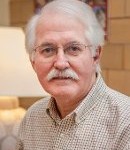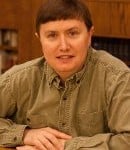
From Tech Today:
Luke J. Bowman and Kari B. Henquinet (SS) published an article “Disaster Risk Reduction and Resettlement Efforts at San Vicente (Chichontepec) Volcano, El Salvador: Toward Understanding Social and Geophysical Vulnerability” in the Journal of Applied Volcanology. Bowman is a PhD candidate in the Department of Geological and Mining Engineering and Sciences and Henquinet is the Peace Corps Master’s International Director and a Senior Lecturer in the Department of Social Sciences.








